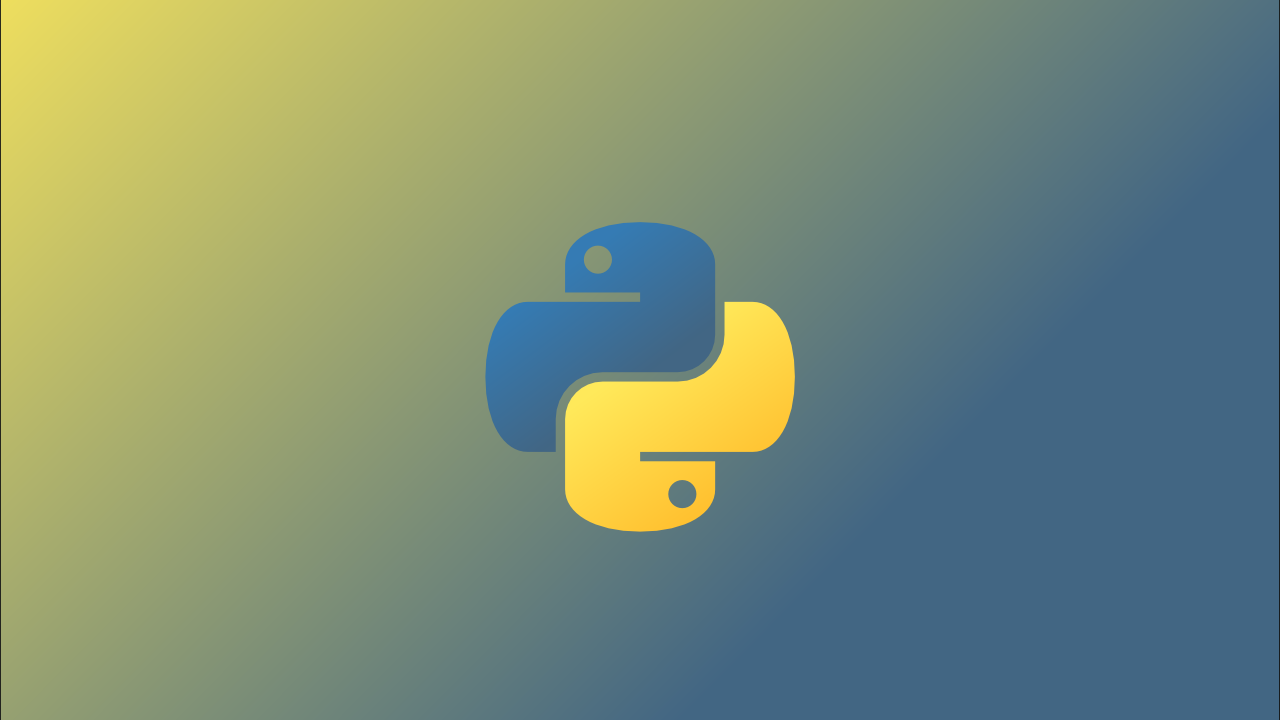Over the course of my 7 years at Waze I’ve worked on a wide variety of products and features, from the Waze app (which has over 130 million users worldwide) to Waze Carpool when it first launched.
Working across multiple domains in marketing, I saw firsthand just how much it can impact user engagement. It inspired me to dig deeper into the world of performance and growth. In the process I’ve learned how to mine data to uncover meaningful insights, design experiments accordingly, as well as analyze and interpret experiments results.
I am now on the Performance Marketing Team, where we are tasked with increasing user engagement throughout the product funnel by leveraging Waze’s owned and operated channels and tools. We directly communicate with users, ultimately driving them towards the most effective actions to complete their user journey.
In order to understand the efficacy of our campaigns we conduct experiments, primarily in the form of “Hypothesis testing”, ie A/B testing. After conducting hundreds of experiments, I’ve identified a series of best practices, as well as concrete steps to put them into practice, for effective A/B testing that you’ll find in the post below.
Note: The views shared in this post are my own and do not reflect any standard or specific protocols at Waze or Google.
Step 1: Explore existing relationships and define your key performance indicators (KPIs)
First and foremost, any A/B test you conduct should align with the company KPI(s) to ensure your work is focused on the business priorities that matter the most. To get started-
Conduct Exploratory Data Analysis to uncover existing relationships in the data
Identifying KPIs requires a combination of domain knowledge and EDA, ie Exploratory Data Analysis. You need to deeply understand the business domain in order to assess what would be the most important drivers. You can then use EDA to uncover relationships that impact them, as EDA also allows you to identify related areas within the product funnel that have the biggest opportunity for growth.
#the-daily-pick #python #programming
